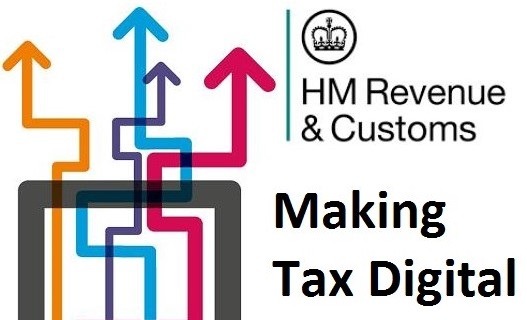Making Tax Digital – plans for VAT
Earlier this year, the government announced that businesses operating above the VAT-registration threshold, (currently £85,000), would be the first to enter the new Making Tax Digital (MTD) regime.
Now there are indications as to what such businesses will have to do to comply, and when. The detailed rules should be in place by April 2018, with a view to a start date of 1 April 2019. Much work will be going on at HMRC and the software houses to get the scheme off to a smooth start.
Digital records
From 1 April 2019, businesses over the VAT threshold will be obliged to keep digital records and use MTD functional compatible software to give the information for their VAT returns to HMRC. They will have to preserve records in digital form for up to six years.
Software must be able to connect to HMRC via an Application Programming Interface, creating VAT returns and supplying HMRC with information digitally. HMRC are looking to harvest data on a voluntary basis as well, so they can monitor compliance, and also to provide information from their end. Business software would therefore need to be capable of accommodating this two-way information flow.
Supplying HMRC with quarterly information is one of the cornerstones of the MTD regime. But though VAT-registered businesses already supply quarterly VAT information, it isn’t always an entirely digital operation. Many businesses use spreadsheets to submit returns, and HMRC may underestimate the change needed. HMRC state that the VAT account will link the underlying records and VAT return, but should a business use more than one software system, or spreadsheets, there could be complications. Add-on submission software will be needed for businesses using spreadsheets.
There are some exemptions from the requirement to keep digital records. These broadly follow those currently in place with regard to electronic VAT returns, covering members of religious societies, insolvent businesses, and those who ‘for reasons of disability, age, remoteness of location, or any other reason’ are not required to make an electronic return. A right of appeal is allowed if HMRC refuse exemption.
Businesses will have to keep and preserve what is called ‘designatory data’ digitally. This includes business name, principal place of business and VAT registration number, and information about any VAT scheme used: the VAT account, and information about supplies made and received.





